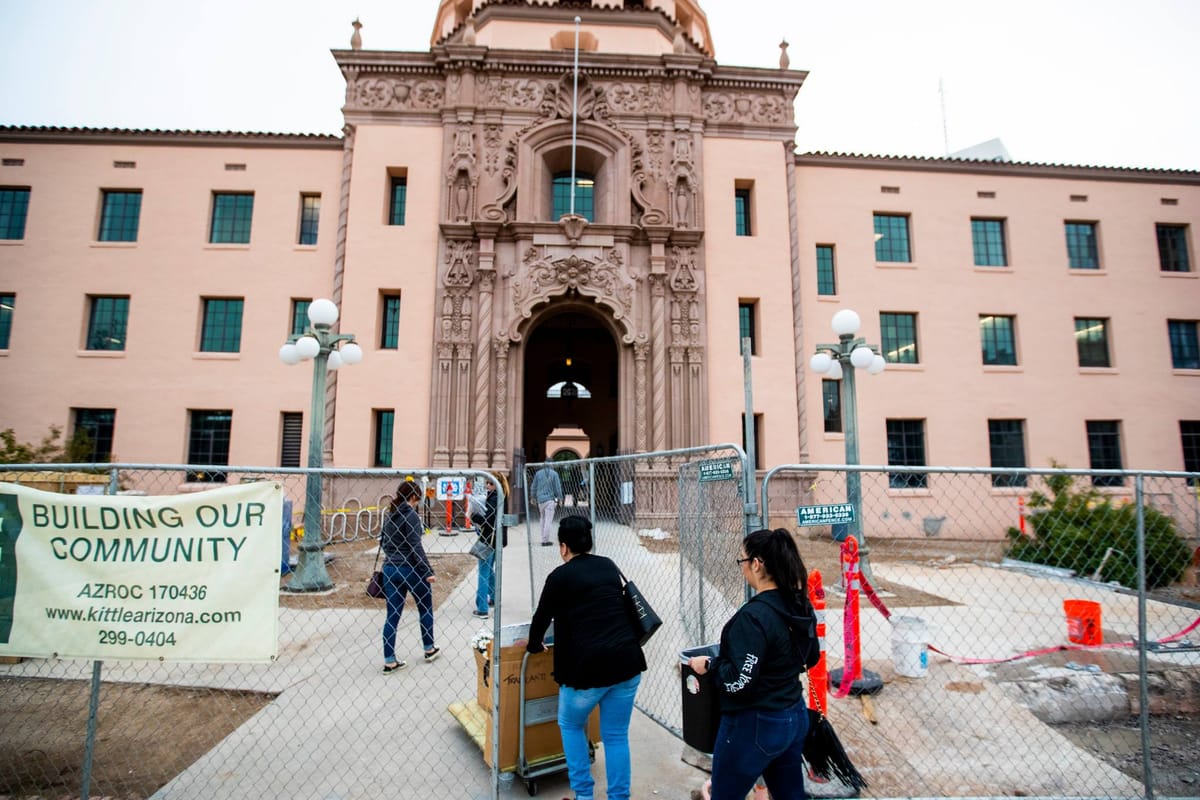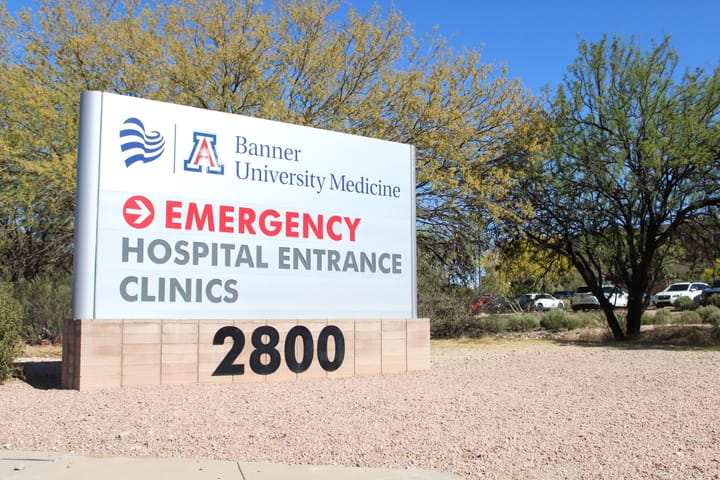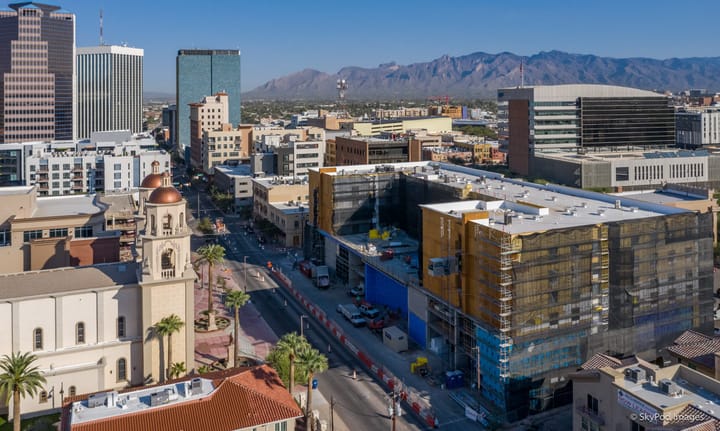Changes to city code could transform obsolete buildings into housing
Adaptive reuse involves converting an existing building from the use for which it was built to a new use, by maintaining some or all of its original elements.

Tucson officials are seeking feedback as they amend city codes to align with a new law that aims to increase the state’s housing inventory by converting commercial or mixed-use buildings into housing.
The City of Tucson’s Planning and Development Services Department held a public hearing last month to answer questions and discuss proposed amendments to the city’s adaptive reuse and multifamily development code, which is required under a recently enacted state law.
Adaptive reuse involves converting an existing building from the use for which it was built to a new use, by maintaining some or all of its original elements.
House Bill 2297 specifically addresses adaptive reuse for multi-family homes and requires that 10% of existing “functionally obsolete” commercial office or mixed-use buildings be converted for residential use by January. It also requires that 10% of the newly created housing be set aside for low and moderate-income housing for the next 20 years.
Functionally obsolete is defined as being in a state of disrepair or having a 50% vacancy rate.
HB 2297 is one of four bills passed during the last legislative session related to municipal zoning to help spur greater housing attainability.
Tucson launched its Adaptive Reuse Pilot Program in 2017 to encourage creative community reinvestment using existing buildings. The program is based on research and other successful programs, most notably Phoenix’s Adaptive Reuse Program, to provide incentives and code relief tools
The city's website includes examples of some of the adaptive reuse projects that have been completed over the years, including Illegal Pete's near the University of Arizona, which involved repurposing a historic home into a restaurant.
Other examples include 5 Points Market and Restaurant, at 6th Avenue and Stone, and the building on 4th Avenue that used to house ATL Wings. One of the more creative applications of adaptive reuse, the project transformed an old automotive repair shop into a restaurant.
Pima County has also taken on some adaptive reuse projects, the most notable of which is the repurposing of its historic courthouse, which now houses Visit Tucson, a regional visitor center and the University of Arizona's Gem and Mineral Museum.
While the city has adopted several local codes under the program permitting reuse and investment in older buildings, additional modifications are still necessary to get the city into compliance with the new laws.
In June, the mayor and council directed staff to amend the adaptive reuse and multifamily development code to align with the state’s municipal zoning requirements and seek public feedback along the way.
About 30 people, including several city staffers, tuned into last week's virtual meeting, which was led by Principal Planner Carver Struve from the city’s code development department.
Struve clarified that the purpose of the meeting was to review necessary changes, which include establishing definitions of adaptive reuse, economically or functionally obsolete and other components of the bill to incorporate into the amended code. Staffers will also be establishing criteria for qualified obsolete commercial buildings, including those currently zoned for commercial use or mixed-use on parcels of at least one acre but not more than 20.
Under the new law, adaptive reuse requests would go through an administrative approval process, rather than discretionary approval.
There were questions from attendees about historic properties and buildings with asbestos and lead issues, with Struve clarifying that the code does not apply to those situations or designated historic districts.
Next steps include stakeholder outreach and additional public meetings, before finalizing the amendment.
Struve said that the item would be presented to the planning commission for review and public hearing, with the intent of forwarding it to the mayor and council to consider in December. The goal is to meet the January 1, 2025, deadline for compliance with state law.
Written comments can be submitted here.
Caitlin Schmidt is Editor and Publisher of Tucson Spotlight. Contact her at caitlin@tucsonspotlight.org.
Tucson Spotlight is a community-based newsroom that provides paid opportunities for students and rising journalists in Southern Arizona. Please support our work with a paid subscription.




